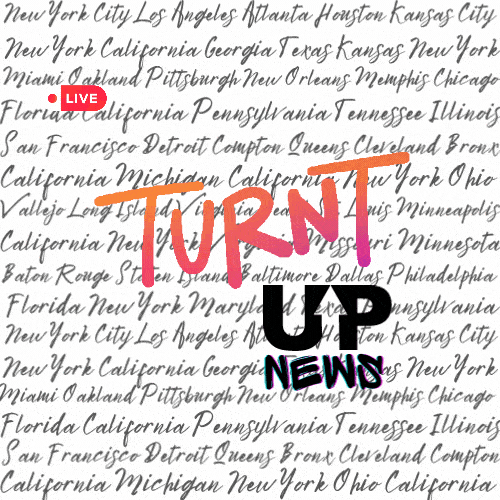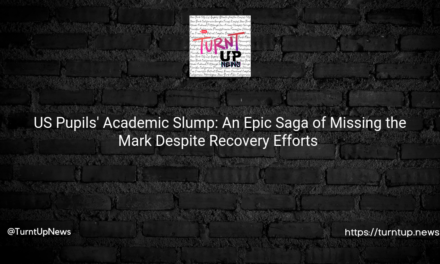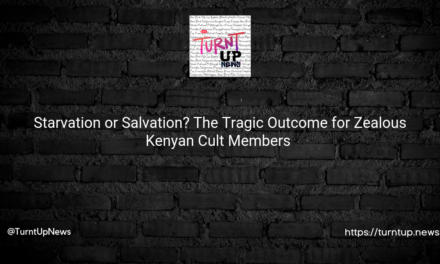🔥💥Pentagon Kaboom Photo: Real or Make-Believe?🤔💻
TL;DR;
The digital realm got all shaken up recently when an alleged image of an explosion near the Pentagon started doing the rounds on social media platforms, causing markets to wobble a little. A big ol’ cloud of smoke supposedly next to the Pentagon was the subject of the image. Who spread it? Was it real or a sham? Brace yourself, it’s about to get interesting!🕵️♂️💨📲
Social media is the new town crier, but who’s checking if the town crier isn’t just shouting out tall tales? One Monday morning, the online world woke up to a massive cloud of dark smoke supposedly billowing from next to the Pentagon. 💻🔥
Who was responsible for setting this virtual wildfire? Enter OSINTdefender, a Twitter account self-described as an “Open Source Intelligence Monitor.” But here’s the kicker – the tweet was later deleted. Was it a case of tweeting in haste, repenting at leisure? We’re left scratching our heads.🤔💭
But wait, there’s more! It turns out the faux explosion snapshot was also tweeted by another account. This time it was the all-too-official sounding @BloombergFeed, a verified account masquerading as a Bloomberg news feed. But lo and behold, it wasn’t Bloomberg at all! In an unexpected plot twist, this account has now been suspended. Now isn’t that suspicious? Or are we jumping to conclusions?🕴️🚫
But hold your horses, we’re not done yet! This picture also got a boost from RT, a Russian state-media Twitter account with over 3 million followers. Now, there’s a plot twist you didn’t see coming, did you? 🇷🇺📈
Now let’s ponder a bit. In an era where information and misinformation spread faster than wildfire, should we be more cautious about what we see and share online? Is it high time we question the authenticity of the information we receive, especially on social media platforms? The episode sure serves as a wake-up call to all of us, reminding us that not everything we see online is as it appears. 🌐🤳🕸️
In our chase for viral content, are we inadvertently becoming conduits of misinformation? Have we become so absorbed in our virtual realities that we’ve forgotten to fact-check before hitting the share button? And in a world of deepfakes and Photoshop mastery, how do we safeguard truth in the digital realm? 🎭💻🛡️
Disclaimer: This article is a recount of events that transpired and doesn’t provide recommendations of any sort. The questions and discussions are meant to provoke thought, not instruct. Turnt Up News doesn’t endorse or support the distribution of fake news or misinformation.
As we wrap up this rather baffling tale of the viral Pentagon explosion image that wasn’t, we leave you with this question: In the era of ‘Pics or It Didn’t Happen,’ how do we distinguish between what’s real and what’s digitally doctored? 🌐🔍👀




